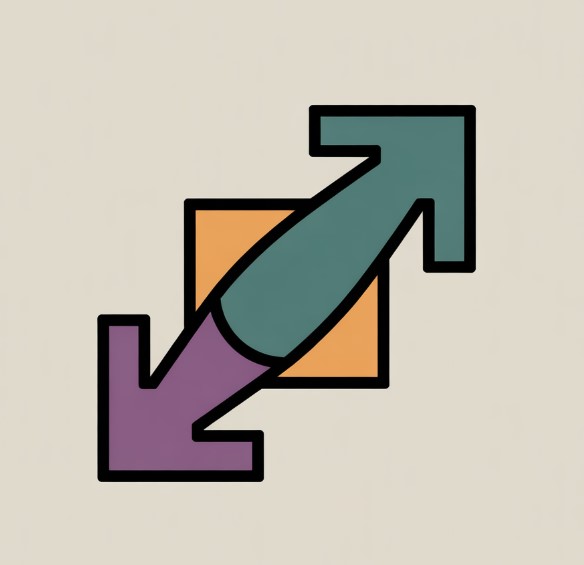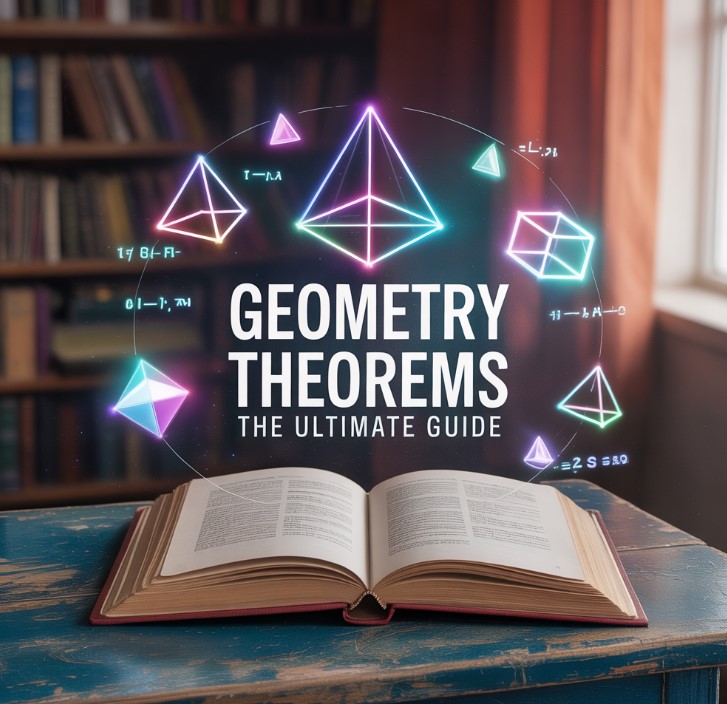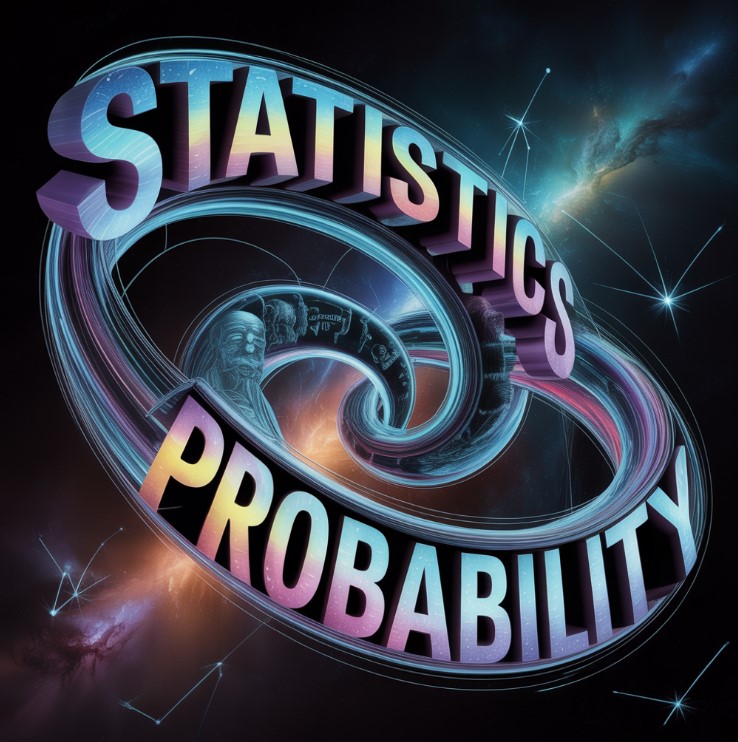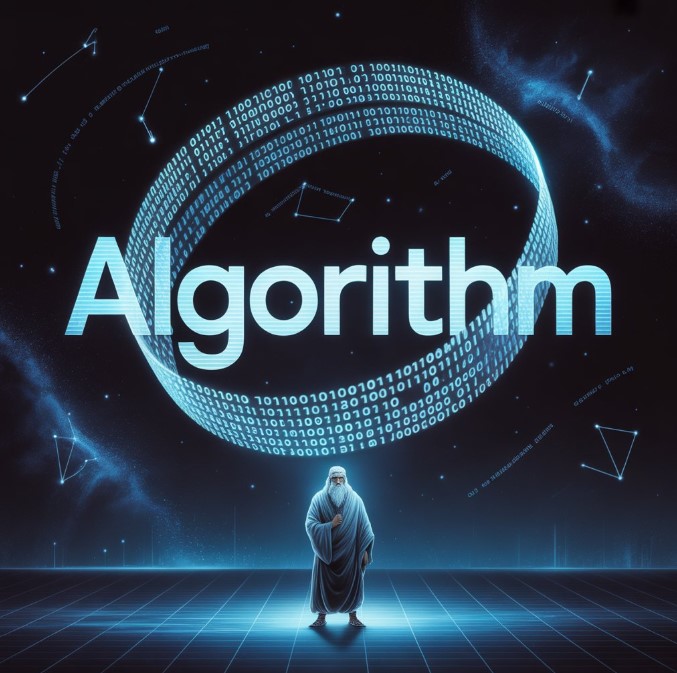Contents
To understand what is algebra, we can define it as a part of math that uses letters and symbols to find unknown answers and create general rules for solving problems; its power comes from exploring its history of algebra, its main branches of algebra like elementary algebra and abstract algebra, and the many uses of algebra through algebraic expressions and an algebraic language.
What Is Algebra and How Does It Work?
Answering what is algebra is simple: it is a tool for finding the unknown. While arithmetic deals with known numbers (like 5 + 3 = 8), algebra introduces a new idea: using a letter or symbol (like x) to stand in for a number you don’t know yet. This lets you set up problems as puzzles and use logical rules to figure out the missing piece.
Think of it as creating a recipe or a blueprint. Instead of just solving one specific problem, algebra helps us write a general rule that can solve all problems of the same type. The study of what is algebra builds strong problem-solving skills because it teaches you to think logically and follow steps to find a solution. Its main purpose is to turn real-world challenges into a mathematical format you can solve using its clear algebraic language.
The History of Algebra: Where Did It Come From?
Learning the history of algebra helps explain what is algebra and why it’s so important. Though early forms of algebraic thinking were used by ancient Babylonians and Greeks, the person who gets credit when we ask who invented algebra as a formal system is the Persian mathematician Muhammad ibn Musa al-Khwarizmi, around the year 820 AD.
His book, The Compendious Book on Calculation by Completion and Balancing, laid out a step-by-step system for solving equations. The word “algebra” itself comes from the Arabic word “al-jabr,” which means “restoring” or “completion.” This referred to his method of moving a negative number from one side of an equation to the other to make it positive. This was a huge step in the history of algebra because it created a reliable method for solving problems, which clearly separated it from simple arithmetic.
The Core Difference: What is the Difference Between Arithmetic and Algebra?
Many people wonder, what is the difference between arithmetic and algebra? The answer is key to understanding what is algebra. Arithmetic gives you a direct calculation with known numbers, while algebra gives you a way to work with unknowns to find a solution.
| Feature | Arithmetic | Algebra |
|---|---|---|
| Core Components | Numbers (like 2, 10, -5) and operations (+, -, ×, ÷). | Numbers, letters for unknowns (like x, y), and operations. |
| Focus | Getting a specific answer from a calculation. | Finding a missing value or describing a general relationship. |
| Example | 3 + 7 = 10 (a stated fact) | x + 7 = 10 (a puzzle where you find that x must be 3) |
| Purpose | To calculate a known value. | To create a model for a problem and solve for an unknown. |
Now that we see how algebra is different from arithmetic, we can look at how the subject itself is organized.
The Two Main Branches of Algebra
When exploring what is algebra, it is helpful to know that the subject is split into two main fields. Answering the question, what are the two main branches of algebra, helps us understand its foundational and advanced forms. These branches of algebra are elementary algebra and abstract algebra.
1. Elementary Algebra
Elementary algebra is what most people learn in school. It is the foundation for all higher math. The main uses of algebra at this level are solving equations to find the value of an unknown variable. It teaches the basics of the algebraic language, including:
- Variables: Letters like x or y that hold the place for a number you don’t know yet.
- Algebraic Expressions: Combinations of numbers, variables, and operations, like
4x - 7. - Equations: A statement that two expressions are equal, like
4x - 7 = 9.
Elementary algebra provides the practical skills for many of the real-world applications of algebra in everyday life.
2. Abstract Algebra
Abstract algebra is a more advanced topic, usually studied in college. Instead of focusing on solving equations, it studies the rules of mathematical systems themselves. Think of it this way: elementary algebra is about playing the game, while abstract algebra is about studying the rulebook to understand how any game works. It explores structures called groups, rings, and fields, which are important in complex fields like computer security and physics.
Understanding the Algebraic Language
The easiest way to think about what is algebra is to see it as a special kind of language. This algebraic language uses symbols to make clear statements about numbers and relationships.
Components of Algebraic Expressions
Algebraic expressions are the “phrases” in this language. They combine numbers and variables. Let’s break down the expression 4x - 7.
- Variable:
xis the unknown value. - Coefficient:
4is the number being multiplied by the variable. - Term:
4xand7are the individual building blocks of the expression. - Constant:
7is a number that does not change.
Here’s what that looks like:
4x - 7
| | |
Coefficient Operator Constant
|
Variable (x)
<----------> <----->
Term 1 Term 2What is the Difference Between Monomials and Polynomials?
Expressions can be simple or complex. This brings up the question, what is the difference between monomials and polynomials?
| Type | Definition | Example(s) |
|---|---|---|
| Monomial | An algebraic expression with only one term. | 7x, 12y², -3ab |
| Polynomial | An algebraic expression with one or more terms. | 7x + 5 (Binomial), x² + 3x - 4 (Trinomial) |
A monomial is just the simplest type of polynomial. Understanding this language isn’t just for school; it helps solve real-world problems.
Practical Uses of Algebra in the Real World
Knowing what is algebra is most useful when we see how it works in our lives. The uses of algebra are found everywhere.
- Managing Money: When you create a budget, you use algebra. The simple formula
Savings = Income - Expensesis an algebraic equation. - Computer Programming: The logic that runs computers and video games is built on a type of algebra (Boolean algebra). Programmers use it every day.
- Business: Company owners use algebra to figure out their costs and set prices to make a profit.
- Construction: Engineers use algebraic formulas to design safe bridges and buildings. They calculate how much weight a structure can hold.
- Science: Scientists use algebra to describe relationships in the natural world. A famous example is Einstein’s
E = mc².
Frequently Asked Questions (FAQ) about Algebra
Q1: In simple terms, what is algebra?
Algebra is a type of math that uses letters to represent unknown numbers. It gives us rules to figure out those unknown numbers and solve problems.
Q2: Who invented algebra?
A Persian mathematician named Muhammad ibn Musa al-Khwarizmi is credited with developing algebra into a formal system around 820 AD.
Q3: What are the main branches of mathematics?
Besides algebra, the other main branches of mathematics are arithmetic (working with numbers), geometry (study of shapes), trigonometry (study of triangles), and calculus (study of change).
Q4: What are the applications of algebra in everyday life?
You can find applications of algebra in everyday life when you manage a budget, calculate the best cell phone plan, or even double a recipe. It’s a tool for logical thinking in many daily situations.





